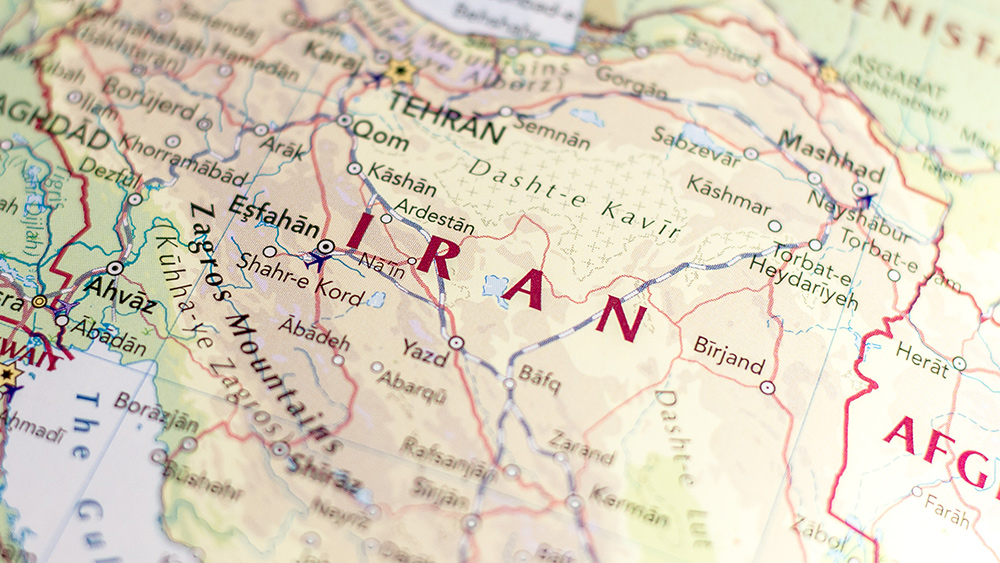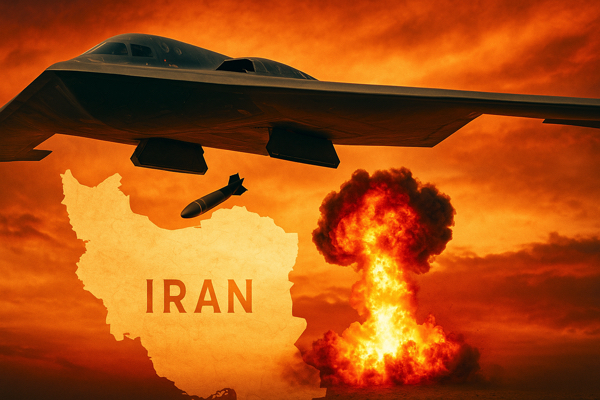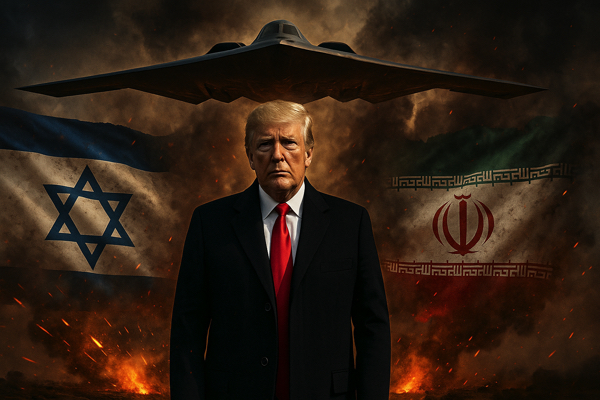 Parler
Parler Gab
Gab
- Iran threatens to restrict oil tanker traffic through the Strait of Hormuz, risking a surge in Brent crude prices to $130 per barrel and global energy chaos.
- The strait handles 20% of global oil trade, and a blockade could devastate economies reliant on Middle Eastern energy exports.
- Iran’s unofficial warning aligns with its history of using the strait as geopolitical leverage, escalating tensions amid recent GPS jamming and a tanker collision.
- Shipping fleets are rerouting, insurance costs are soaring, and analysts warn of severe market disruptions if Iran acts on its threats.
- A prolonged closure could trigger economic shockwaves, spiking inflation and crippling supply chains worldwide.
Why the Strait of Hormuz is the world’s energy lifeline
The Strait of Hormuz is the narrow, 21-mile maritime passage separating Iran from Oman, connecting the Persian Gulf to the open ocean. Every day, nearly 21 million barrels of oil—equivalent to a fifth of global consumption—flow through this artery, alongside 20% of the world’s liquefied natural gas (LNG). Its closure would strangle exports from Saudi Arabia, Iraq, the UAE, and Qatar, crippling economies reliant on Middle Eastern energy. JPMorgan analysts warn a blockade could "supercharge oil prices," pushing Brent crude to $130 in a scenario that would devastate inflation-weary households and industries. Khandouzi’s threat may be unofficial, but it aligns with Iran’s history of leveraging the strait as geopolitical blackmail. "This policy is decisive if it is implemented in a timely manner," he warned, framing the move as retaliation against U.S. pressure. The timing is no accident: GPS jamming incidents and a recent tanker collision near the strait have already heightened risks. On Tuesday, the crude tanker Front Eagle collided with the Adalynn, igniting a massive fire and raising fears of an ecological disaster in a preview of the chaos Iran could unleash.Global shipping fleets brace for chaos
Maritime agencies are scrambling to mitigate risks. Greece’s Shipping Ministry advised vessels to avoid Iranian waters, while QatarEnergy reportedly ordered LNG tankers to delay Gulf entry until the day of loading. Ship-tracking data shows commercial traffic hugging Oman’s coast in a dramatic shift from normal routes. "The regional threat level remains significant," warned the U.S.-led Combined Maritime Forces, citing electronic interference and military escalation. Insurance premiums and freight rates are already spiking. Supertanker earnings surged from $20,000 to over $50,000 daily in a week, reflecting skyrocketing risk. Jakob Larsen of BIMCO, the world’s largest shipping association, confirmed a "modest drop" in strait transits as owners weigh dangers. Peter Tirschwell of S&P Global noted the parallel to Houthi Red Sea disruptions: "“The ocean carriers have no plans to go back in mass into the Red Sea and so, the very threat of military activity around a narrow important routing like the Strait of Hormuz is going to be enough to significantly disrupt shipping."Markets on edge as Iran plays with fire
Oil prices rallied sharply this week, with Brent crude jumping 4.4% to $76.45. This is still far below JPMorgan’s doomsday forecast but signals mounting unease. Analysts warn the real crisis would begin if Iran moves beyond rhetoric. RBC Capital Markets added that attacks on oil infrastructure—like Iran’s 2019 strike on Saudi Aramco—could be even more damaging than a strait closure. The U.S. and Israel now face a dilemma. President Trump’s meeting with security advisors and call with Israeli Prime Minister Netanyahu suggests contingency planning is underway. Yet direct intervention risks igniting a wider war. Iran’s threat to weaponize the Strait of Hormuz is a calculated gamble, testing global resolve while exploiting regional instability. With 100 days of restrictions, oil markets would face unprecedented strain, supply chains would buckle, and inflation could reignite. The world’s energy lifeline hangs by a thread, and Tehran is holding the scissors. If the strait closes, the economic shockwaves will be felt from gas pumps to grocery aisles worldwide. Sources for this article include: ZeroHedge.com Reuters.com CNBC.com CNN.comCARBON DIOXIDE: Climate “threat” or agricultural savior? Fresh debate erupts
By Willow Tohi // Share
DHS warns of heightened cyber threats from Iran after U.S. strikes on nuclear facilities
By Cassie B. // Share
Syringe terror at French music festival: 145 stabbed, illegal migrants among suspects
By Cassie B. // Share
Trump’s Iran strikes signal shift to regime change amid calls for caution and retaliation
By Willow Tohi // Share
Trump’s “one-off” strike on Iran nuclear sites follows rare advance notification
By Willow Tohi // Share
Governments continue to obscure COVID-19 vaccine data amid rising concerns over excess deaths
By patricklewis // Share
Tech giant Microsoft backs EXTINCTION with its support of carbon capture programs
By ramontomeydw // Share
Germany to resume arms exports to Israel despite repeated ceasefire violations
By isabelle // Share










